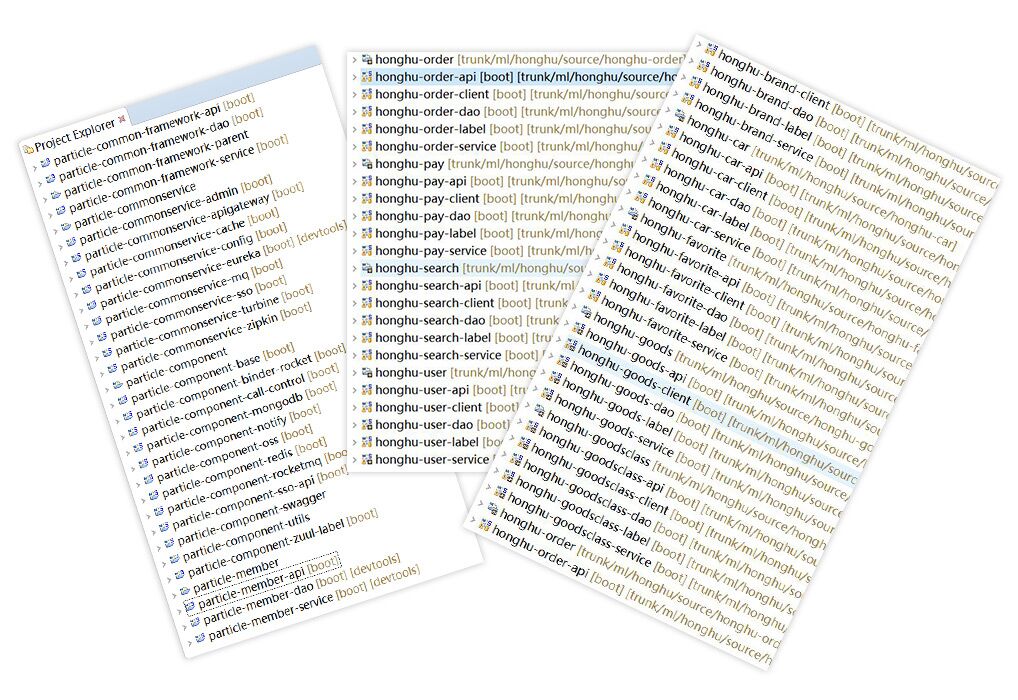使用Redis資料庫(2)(三十四)
阿新 • • 發佈:2019-01-08
除了String型別,實戰中我們還經常會在Redis中儲存物件,這時候我們就會想是否可以使用類似RedisTemplate<String, User>來初始化並進行操作。但是Spring Boot並不支援直接使用,需要我們自己實現RedisSerializer<T>介面來對傳入物件進行序列化和反序列化,下面我們通過一個例項來完成物件的讀寫操作。
- 建立要儲存的物件:User
1 2 3 4 5 6 7 8 9 10 11 12 13 14 15 publicclassUserimplementsSerializable {privatestaticfinallongserialVersionUID = -1L;privateString username;privateInteger age;publicUser(String username, Integer age) {this.username = username;this.age = age;}// 省略getter和setter} - 實現物件的序列化介面
1 2 3 4 5 6 7 8 9 10 11 12 13 14 15 16 17 18 19 20 21 22 23 24 25 26 27 28 29 30 31 32 33 34 35 36 publicclassRedisObjectSerializerimplementsRedisSerializer<Object> {privateConverter<Object,byte[]> serializer =newSerializingConverter();privateConverter<byte[], Object> deserializer =newDeserializingConverter();staticfinalbyte[] EMPTY_ARRAY =newbyte[0];publicObject deserialize(byte[] bytes) {if(isEmpty(bytes)) {returnnull;}try{returndeserializer.convert(bytes);}catch(Exception ex) {thrownewSerializationException("Cannot deserialize", ex);}}publicbyte[] serialize(Object object) {if(object ==null) {returnEMPTY_ARRAY;}try{returnserializer.convert(object);}catch(Exception ex) {returnEMPTY_ARRAY;}}privatebooleanisEmpty(byte[] data) {return(data ==null|| data.length ==0);}} - 配置針對User的RedisTemplate例項
1 2 3 4 5 6 7 8 9 10 11 12 13 14 15 16 17 18 19 20 @ConfigurationpublicclassRedisConfig {@BeanJedisConnectionFactory jedisConnectionFactory() {returnnewJedisConnectionFactory();}@BeanpublicRedisTemplate<String, User> redisTemplate(RedisConnectionFactory factory) {RedisTemplate<String, User> template =newRedisTemplate<String, User>();template.setConnectionFactory(jedisConnectionFactory());template.setKeySerializer(newStringRedisSerializer());template.setValueSerializer(newRedisObjectSerializer());returntemplate;}} - 完成了配置工作後,編寫測試用例實驗效果
1 2 3 4 5 6 7 8 9 10 11 12 13 14 15 16 17 18 19 20 21 22 23 24 25 26 27 @RunWith(SpringJUnit4ClassRunner.class)@SpringApplicationConfiguration(Application.class)publicclassApplicationTests {@AutowiredprivateRedisTemplate<String, User> redisTemplate;@Testpublicvoidtest()throwsException {// 儲存物件User user =newUser("超人",20);redisTemplate.opsForValue().set(user.getUsername(), user);user =newUser("蝙蝠俠",30);redisTemplate.opsForValue().set(user.getUsername(), user);user =newUser("蜘蛛俠",40);redisTemplate.opsForValue().set(user.getUsername(), user);Assert.assertEquals(20, redisTemplate.opsForValue().get("超人").getAge().longValue());Assert.assertEquals(30, redisTemplate.opsForValue().get("蝙蝠俠").getAge().longValue());Assert.assertEquals(40, redisTemplate.opsForValue().get("蜘蛛俠").getAge().longValue());}}當然spring-data-redis中提供的資料操作遠不止這些,本文僅作為在Spring Boot中使用redis時的配置參考,更多對於redis的操作使用,請參考Spring-data-redis Reference。
-

